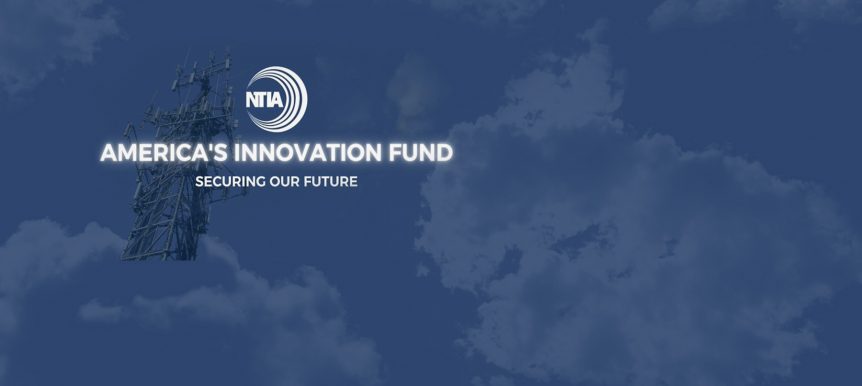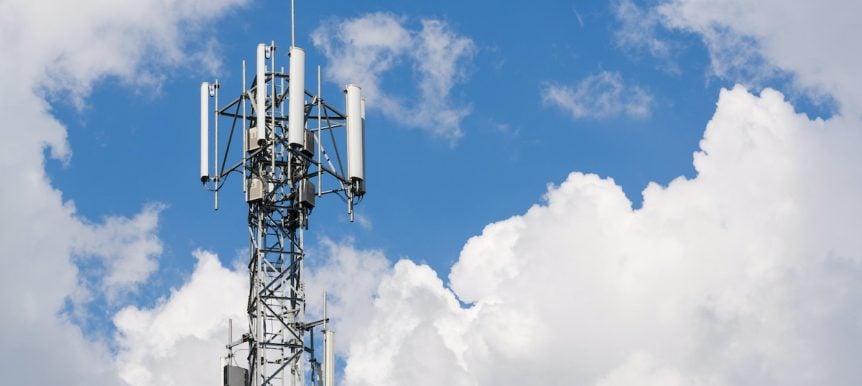Role of Wireless Technologies in the Hospital
Source: Wirelesshealth.poly.edu
Why wireless? There MUST be a better way. The Problems: Many independent devices, massive disparate, non-standard data, potential for RFI and ground loops, lack of interconnectivity, tethering, trip hazards. In anesthesia, interconnectivity is key and many people must interact. Potential solutions include applications (patient tracking, doctor tracking, equipment tracking, drug tracking, device status reporting, device interconnectivity, device data integration into EMR) and technologies (RFID, smart pumps, smarter alarms, wireless sensors, implanted devices, telemetry (ECG, glucose, BP, pO2) and data access (handheld, tablets, COWs). The presentation focuses on the benefits of wireless in this environment (improved patient safety, improved patient flow and throughput, improved workflow, process improvements, measurable results, disaster and failure recovery, and procedure tracking and billing), challenges (infant technologies, lack of standards, proprietary protocols, lack of infrastructure, lack of MONEY) and novel solutions (wearable transducers, body networks, implantable RFID and real-time data mining/decision support).
Bio:
Marc J. Bloom, MD, Ph.D., is currently a faculty member of NYU WIRELESS and the Director of the Neuroanesthesia Program at New York University School of Medicine. Prior to this position, Dr. Bloom has held previous appointments as Director of Neuroanesthesia and Neurophysiology Programs at New York University School of Medicine, Clinical Associate Professor of Anesthesiology and New York University School of Medicine, Assistant Professor of Anesthesiology and Director of Neuroanesthia at the University of Pittsburgh School of Medicine, and Assistant Professor of Anesthesiology at the University of Pennsylvania School of Medicine.
He has earned four degrees at the University of Pennsylvania: a BA in Natural Sciences, a BSE in Electrical Engineering, an MD, and a Ph.D. in Bioengineering. He is a Fellow of the American Society of Neurophysiologic Monitoring (ASNM). He has held society board or office positions at the ASNM as President and serves on the Executive Board, the SCCPMA as Executive Board member and Past President, and is an Executive board member of the ESCTAIC. He is also active in numerous professional societies; has authored and co-authored significant technical papers, books and chapters; and is a reviewer on the editorial boards of many industry and technology publications.

 Biden-Harris Administration Awards Wireless Innovation Fund Grant to Sundeep Rangan & Team
Biden-Harris Administration Awards Wireless Innovation Fund Grant to Sundeep Rangan & Team Governor Kathy Hochul calls on Professor JR Rizzo to Help Boost Accessibility for NYC Commuters
Governor Kathy Hochul calls on Professor JR Rizzo to Help Boost Accessibility for NYC Commuters With NSF and Industry Support, NYU WIRELESS Aims to Harness the THz Spectrum for Amazing Possibilities
With NSF and Industry Support, NYU WIRELESS Aims to Harness the THz Spectrum for Amazing Possibilities








